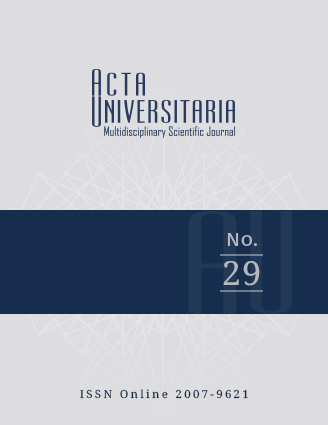Macromycetes of the San José educational park, municipality of Zinacantan, Chiapas, Mexico
Published 2019-09-18
How to Cite
Abstract
Chiapas is one of the most biodiverse regions of our Planet; however, the knowledge of tropical mushrooms in this state is limited. As a consequence of this lack of information of the mycobiota of Chiapas and areas such as San José (SJ) park, it is very important to carry out inventories of biotic resources as a basic and fundamental research tool for some protected areas, in order to develop studies for conservation. This study aims to prepare a list of the macrofungi species in the SJ park. Specimens were collected along five consecutive years, and 148 species (21 Ascomycetes and 126 Basidiomycetes) were identified. The most common substrate was humus (110 species, 74.82%). Forty-six species that can be used for human consumption were found. Thus, the mycological value for the study area was 31.29%. Also, 27 new records for Chiapas (5 Ascomycotina and 22 Basidiomycotina) were found.

